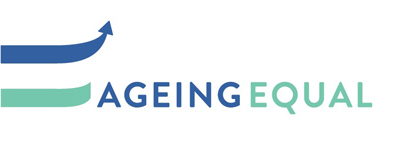Access to sign language and sign language environments is a necessity for deaf seniors living in retirement homes!

The European Union of the Deaf highlights that officially recognizing national sign languages is important action to improve access to sign language for all deaf persons including deaf older persons.
Access to sign language and sign language environments is key for deaf seniors who live in retirement homes. It allows to have access to communication and information and allows deaf elderly to make informed decisions and choices based on meaningful knowledge, not information alone. It allows to maintain social and cultural networks, identity, quality life and supports older deaf person’s health and well-being.
Exclusion from communication and access to information can have a significant impact on everyday life, causing feelings of loneliness, frustration and social isolation. It is crucial to provide deaf seniors with access to sign language and sign language environments, especially for those who cannot live independently anymore. Signing environments and experience of communication, information and social exchange without barriers reduces feelings of isolation and incidence of depression.
EUD believes that “De Gelderhorst” is a good practice example for ensuring that deaf seniors living in retirement homes can have access to communication in sign language and live in sign language environment. The round shaped building with huge windows for optimal light, glass elevators, floors, corridors with no barriers, videophones, visual alarms, and other visual facilities ensures effective signing environment.
Staff and residents use sign language, which ensures that information and communication is easily accessible. This allows to maintain cultural and social networks and plays a huge role in supporting older deaf persons’ health and well-being.
Read also:
‘For deaf seniors, it is essential to participate within the deaf community’
Ageism and deafness: a Danish good practice example
Our thematic focus on ageism and disability
—
The European Union of the Deaf is a not-for-profit European non-Governmental organisation (ENGO) whose members comprise of National Associations of the Deaf (NADs). It is the only supranational organisation representing Deaf people at European level.


Facebook Comments